Sergeant First Class Fred Teruo Suzuki
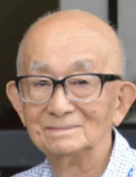
- Unit: Headquarters Company, 1st Cavalry Division
- Date of Birth: October 29, 1929
- Entered the Military: April 18, 1950
- Date of Death: July 7, 2024
- Hometown: San Francisco, California
- Place of Death: Walnut, California
- Award(s): Korean War Service Medal with 3 Bronze Service Stars, United Nations Service Medal
- Cemetery: Section A15, Row A, Site 53. Los Angeles National Cemetery, Los Angeles, California
Mentored by Ms. Aditi Doshi
Van Nuys High School
2024-2025
Early Life
On October 29, 1929, Fred Suzuki was born to Sozo and Moto Suzuki in San Francisco, California. The son of immigrant parents from Japan, Fred Suzuki lived a quiet life with his two siblings, Roosevelt and Franklin, first in San Francisco, and later in Delano, California. His childhood was shaped by his Japanese heritage during a time of deep national uncertainty, as the country called into question the loyalty of many Japanese citizens.
Fred Suzuki often visited his father’s restaurant in Delano. Additionally, his mother worked as a cook at the restaurant and, to alleviate financial burden, the family lived alongside two lodgers. They may have lived in the Nihonmachi, or Japanese section of town, which catered to Japanese immigrants who worked in agriculture, railroads, or oil fields.
Fred Suzuki was stranded in Japan during World War II and returned to the United States in 1947. During his time in Japan, he worked with the U.S. military occupation in Utsunogiya, Yochigi Prefecture, as a telephone operator.

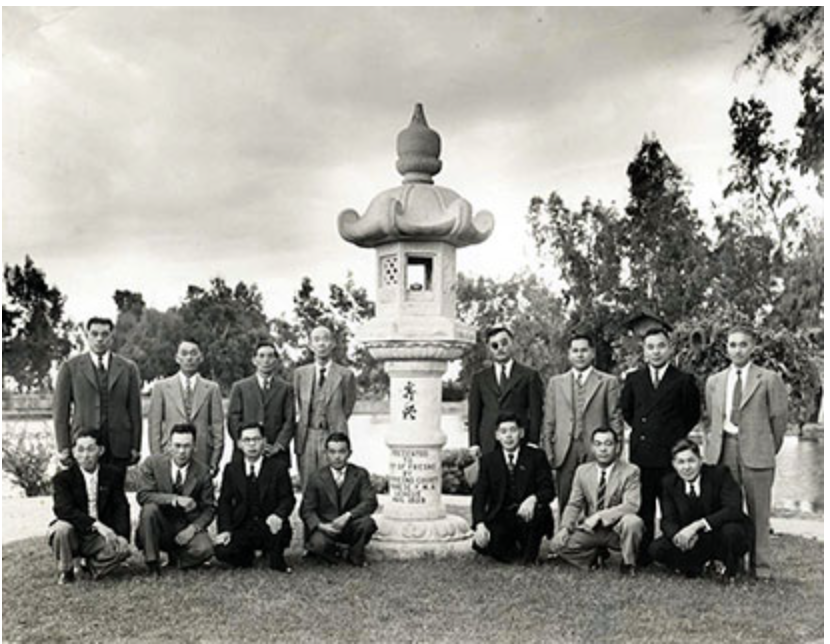
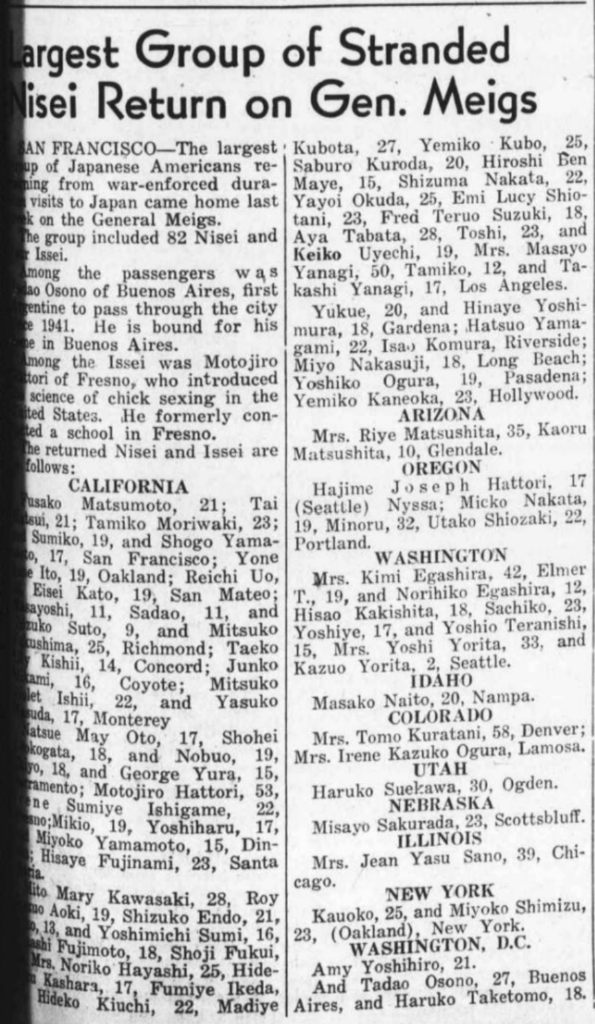
Homefront
Japanese Americans returned from incarceration camps to Los Angeles between World War II and the Korean War but continued to face prejudice. Because they had difficulty finding homes, many of them had to seek refuge in crowded camps, trailer parks, and in housing provided by religious groups. Furthermore, White homeowners often protested these camps under the premise of diminished property values. This exemplified how, even after the trauma of incarceration camps, much of the Nisei community still faced adversity.
Additionally, Los Angeles served as a center for military wartime production during World War II that supported efforts in the Pacific theater. This production continued through the Cold War and was largely focused on the aerospace industry. Fifteen out of the 25 major American aerospace companies were located in Southern California. One prominent company, Hughes Aircraft, made further technological advancements in missile and radar technology.
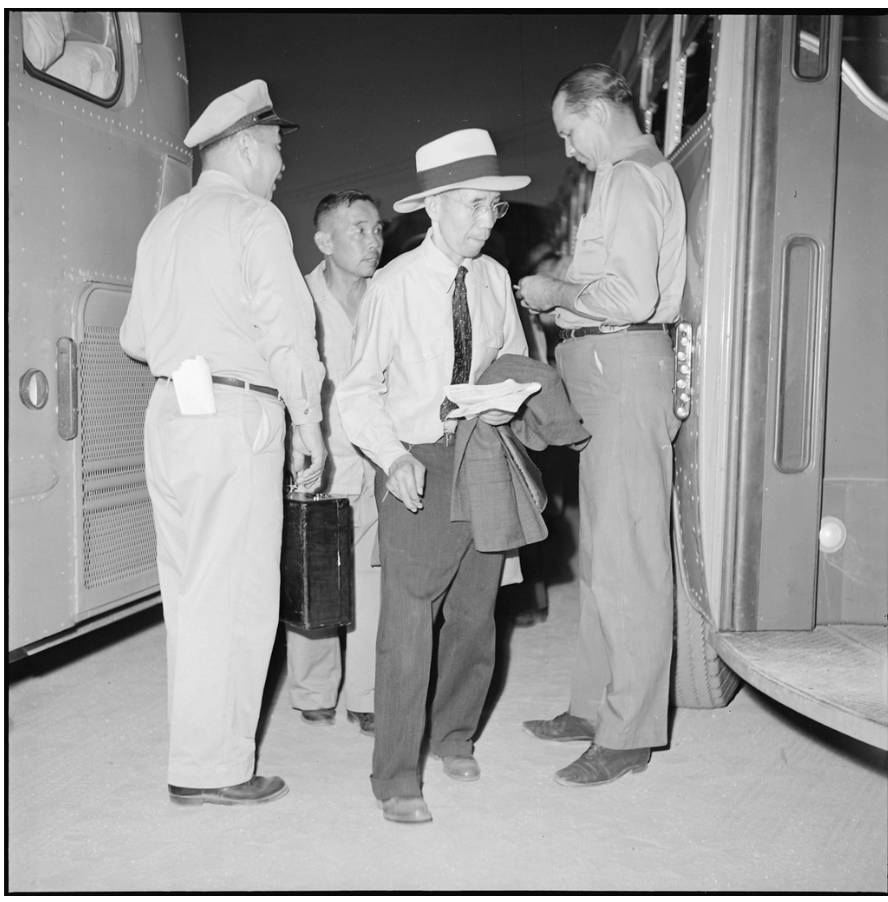
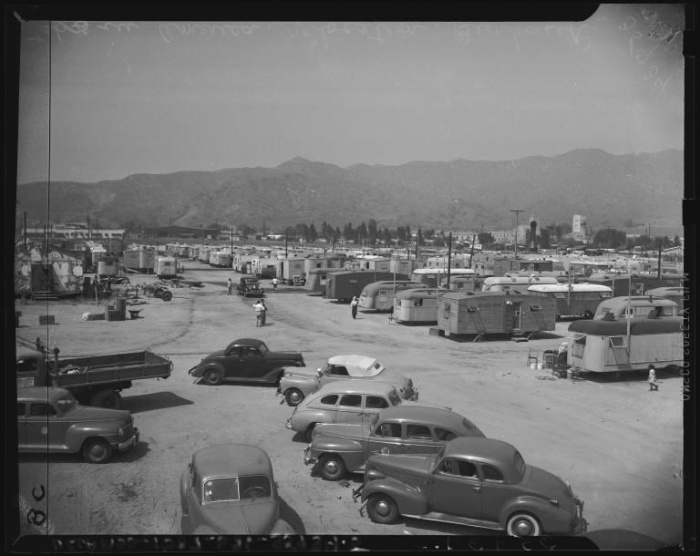

Military Experience
Fred Suzuki enlisted in the U.S. Army at Fort Worden, Washington, in April 1950, and was assigned to the Headquarters Company of the 1st Cavalry Division. The 1st Cavalry Division deployed to South Korea to help defend the Pusan Perimeter.
Fred Suzuki worked alongside Military Intelligence, where he specialized in interrogation, as indicated by his specialty number of “1266.” As an interrogator, he bridged linguistic differences between American troops and North Korean soldiers. Furthermore, his background in Japanese language and culture allowed him to communicate with North Korean POWs due to their previous occupation by the Japanese military in World War II.
During his service, Fred Teruo Suzuki received a Korean Service Medal, a UN Service Medal, and 3 Bronze Service Stars. He was honorably discharged on April 4, 1953.
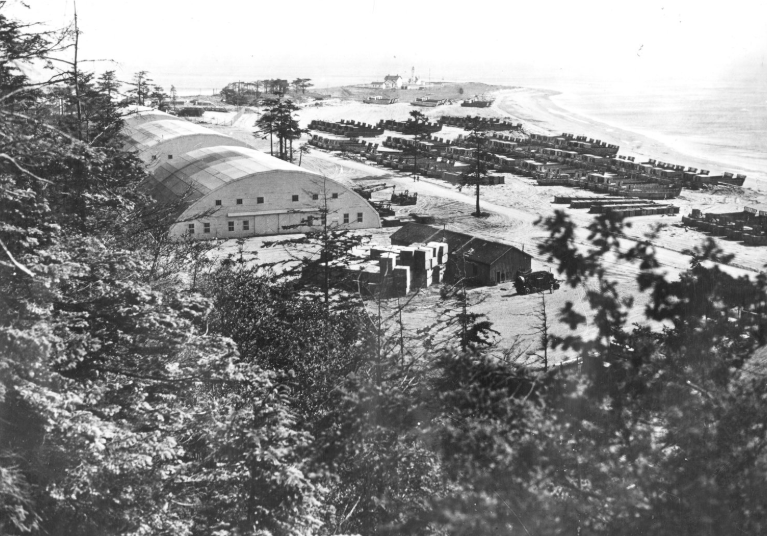
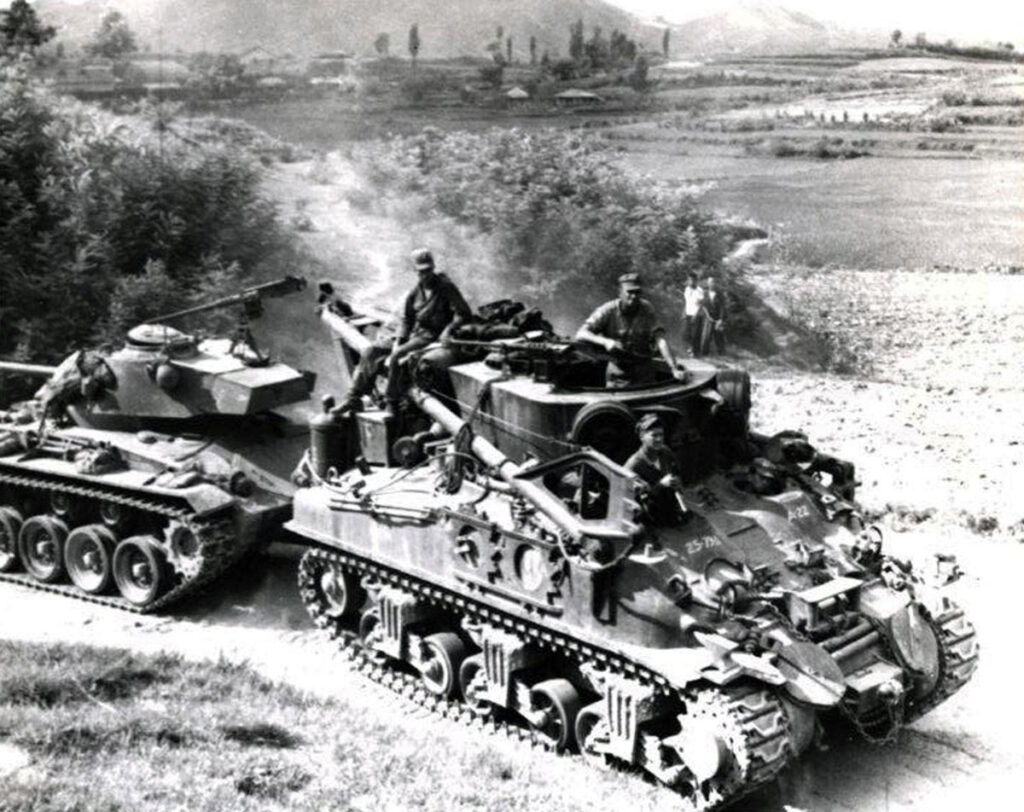
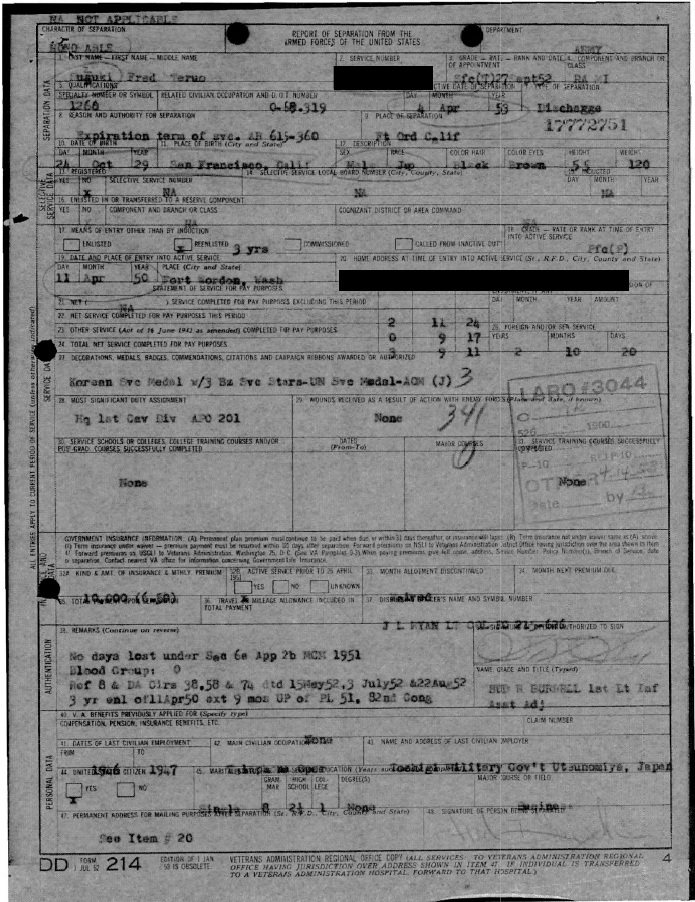
Veteran Experience
After Fred Suzuki completed his military service, he graduated from the University of California – Los Angeles (UCLA) with a Bachelor of Science degree in Electrical Engineering. He then joined North American Aviation/Rockwell International and worked on several notable projects, including the Apollo capsule, B-1 Lancer, and the space shuttle.
When he was not working, he served as an Assistant Scoutmaster and later a scoutmaster for the Boy Scouts of America. All four of his sons achieved the rank of Eagle Scout and graduated from college.
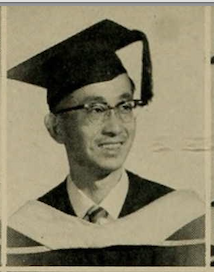
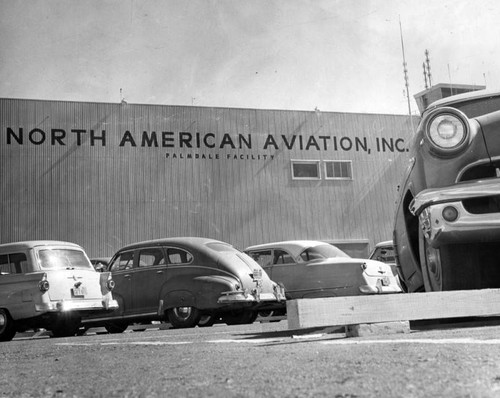
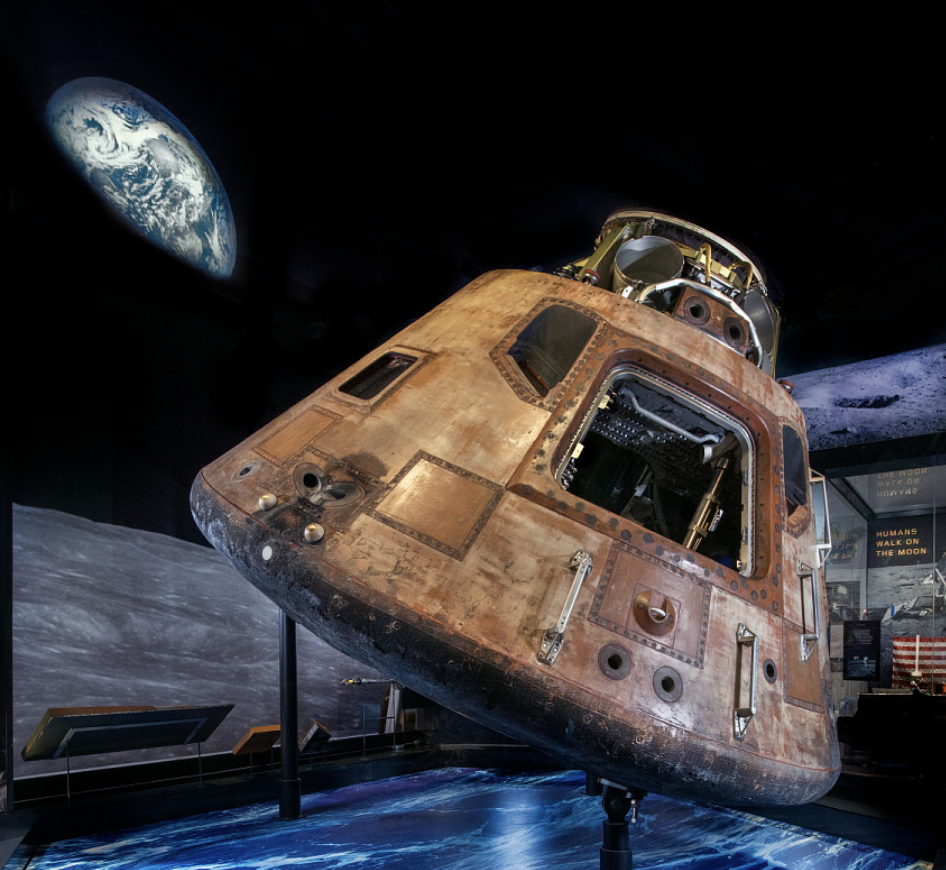
Commemoration
On July 7, 2024, Fred Suzuki passed away at the age of 94. He rests at Los Angeles National Cemetery in Los Angeles, California.
Suzuki will long be remembered and revered for his loyal service to his country, his contributions to the aerospace industry, and his devotion to his family.
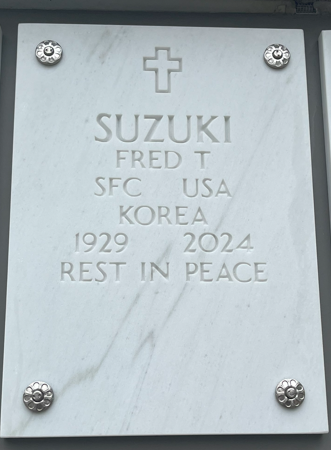
Bibliography
Primary Sources
Bruin Life Yearbook/Southern Campus Yearbook. University of California, Los Angeles. School Yearbooks, 1900–2016. Digital images. https://ancestrylibrary.com.
California. Kern County. 1930 U.S. Census. Digital images. https://ancestrylibrary.com.
Fred Suzuki. DD-214, Department of the Army. National Archives and Records Administration – St. Louis.
Fred Suzuki. California Birth Index. Accessed October 23, 2024. https://californiabirthindex.org/birth/fred_teruo_suzuki_born_1929_1324795.
“Fred Teruo Suzuki.” Rafu Shimpo [Los Angeles, CA], October 3, 2024. https://rafu.com/2024/10/fred-teruo-suzuki/.
Kaku Akagi Collection. Personal Narrative. 1951. Veterans Legacy Project, Library of Congress (AFC/2001/001/91502). https://www.loc.gov/item/afc2001001.91502/.
“Largest Group of Stranded Nisei Return on Gen. Meigs.” Pacific Citizen [Salt Lake City, UT], December 06, 1947. https://pacificcitizen.org/wp-content/uploads/archives-menu/Vol.025_%2322_Dec_06_1947.pdf.
“Obituary: Sozo Suzuki.” Rafu Shimpo [Los Angeles, CA], April 4, 1970. https://gpa.eastview.com/rafu/newspapers/trs19700404-01.1.3.
Sozo Suzuki. California, Federal Naturalization Records, 1888–1991. Digital images. https://ancestrylibrary.com.
Sozo Suzuki. World War I Draft Registration Cards, 1917–1918. Digital images. https://ancestrylibrary.com.
Secondary Sources
“Apollo 11 Command Module Columbia.” National Air and Space Museum. Accessed March 8, 2025. https://airandspace.si.edu/collection-objects/command-module-apollo-11/nasm_A19700102000.
“The Beginning of Hughes Aircraft Company.” Hughes Industrial Historic District. Accessed March 8, 2025. https://www.hugheshistoric.com/hughes-aircraft-company/.
Caldwell, Tim. “70 years ago, Fort Worden finds a new mission.” The Leader. Accessed April 7, 2025. https://www.ptleader.com/stories/70-years-ago-fort-worden-finds-a-new-mission,67889.
Five Views: An Ethnic Historic Site Survey for California. California Department of Parks and Recreation, Office of Historic Preservation, 1988. https://www.nps.gov/parkhistory/online_books/5views/5views.htm.
“Fred Teruo Suzuki.” Find a Grave. Updated September 4, 2024. Accessed October 12, 2024. https://www.findagrave.com/memorial/274350047/fred-teruo-suzuki.
“Fred Teruo Suzuki.” Veterans Legacy Memorial, U.S. Department of Veterans Affairs. https://www.vlm.cem.va.gov/FREDTERUOSUZUKI/a71183.
“Fresno.” California Japantowns. Accessed April 12, 2025. https://www.californiajapantowns.org/fresno.html.
deGuzman, Jean-Paul. “Japanese American Resettlement in Postwar America: The Los Angeles Experience.” In Oxford Research Encyclopedia of American History. Oxford University Press, 2016. https://doi.org/10.1093/acrefore/9780199329175.013.270.
“Photo Essay: Japanese Americans Return to the West Coast After WWII Incarceration.” Densho. Accessed April 11, 2025. https://densho.org/catalyst/photo-essay-japanese-americans-return-to-the-west-coast-after-wwii-incarceration/.
“Image / North American Aviation, Inc.” Calisphere University of California. Accessed April 11, 2025. https://calisphere.org/item/f6e883befef65aa92ac4bd5a63c5ce13/.
Jenks, Hillary. “Bronzeville, Little Tokyo, and the Unstable Geography of Race in Post-World War II Los Angeles.” Southern California Quarterly 93, no. 2 (2011): 201–35. https://doi.org/10.2307/41172572.
“Korean War Veterans Memorial.” National Park Service. Accessed April 7, 2025. https://www.nps.gov/kowa/learn/historyculture/design.htm.
Kumamoto, Akira Olivia. “Solemn monument to Japanese American WWII detainees lists over 125,000 names.” NBC Los Angeles, February 19, 2024. https://www.nbclosangeles.com/news/national-international/japanese-american-national-museum-wwii-detainees-monument/3342990/.
“Little Tokyo / Bronzeville, Los Angeles, California.” Densho. Accessed October 27, 2024. https://encyclopedia.densho.org/Little_Tokyo_/_Bronzeville,_Los_Angeles,_California/.
McNaughton, James C. “Nisei Linguists and New Perspectives on the Pacific War: Intelligence, Race, and Continuity.” U.S. Army Center of Military History. Accessed January 21, 2025. https://www.history.army.mil/html/topics/apam/Nisei.htm.
Miyamoto, Archie. “Remembering the Korean War: Japanese Blood Was Shed in the Defense of South Korea.” Japan Forward. Accessed March 8, 2025. https://japan-forward.com/remembering-the-korean-war-japanese-blood-was-shed-in-the-defense-of-south-korea/.
“Photo Archive Korean War.” 1st Cavalry Division Association. Accessed January 15, 2025. https://1cda.org/photo-archives-korean-war/.
Portillo, Meghan. “NCOs Have Been Leaders of Change throughout History of 1st Cavalry Division.” NCO Journal, October 15, 2013. https://www.armyupress.army.mil/Journals/NCO-Journal/Archives/2013/October/10-15-ncos-have-been-leaders-of-change-throughout-history-of-1st-cavalry-division/.
“The Southern California Space Industry.” Hughes Industrial Historic District. Accessed November 11, 2024. https://www.hugheshistoric.com/southern-california-aerospace-industry/.
“UCLA Engineering Milestones.” UCLA Samueli School of Engineering. Accessed October 27, 2024. https://samueli.ucla.edu/history/.
This profile was funded by a grant from the United States Department of Veterans Affairs. The opinions, findings, and conclusions stated herein are those of the author and do not necessarily reflect those of the United States Department of Veterans Affairs.

